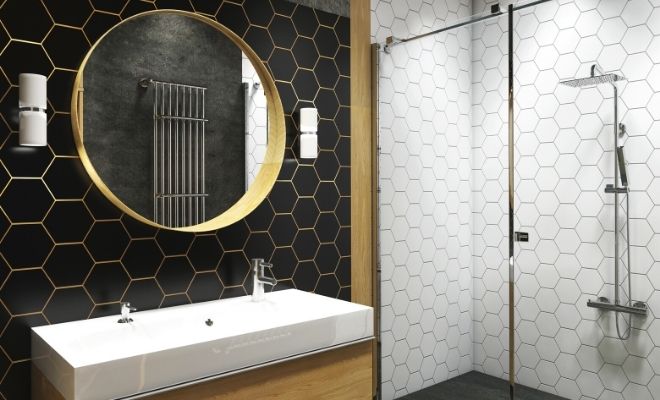Tile is one of the most versatile materials you can use when designing your home. As it’s suitable for both floors and walls, tile is fantastic for adding a stylish flair. It also fulfills a practical purpose, depending on where in the house you use it. To ensure you get the most out of your tile, read about some of the best ways you can use tile in your home.
Bathroom Flooring
One of the most common places you’ll see tile is on the bathroom floor as a replacement for laminate or vinyl flooring. Not only does tile flooring look nice—providing a sleeker and more modern aesthetic—but it increases your home’s value. This is because ceramic tile is resistant to water. Grid patterns are popular and safe designs for your own bathroom floor. But you’re free to make as intricate a design as you desire with the many colors and patterns tiles can provide.
Showers
As with bathroom floors, another one of the best ways you can use tile in your home is to have it on shower walls. Again, the water resistance we mentioned ceramic tile having is valuable here. This property makes it helpful when used in showers because the tile lacks any pores for moisture to get inside. As a result, tile limits potential moisture damage, mildew, and mold. The lack of pores also makes the tile very easy to clean, as anything on the tile surface is simple to wipe away. So, you never need to worry about stains!
Kitchen Backsplashes
Like showers, kitchen backsplashes have the practical application of preventing water damage and being incredibly easy to clean. However, people often use backsplash designs as accents in the kitchen that break up or compliment the design of the rest of the space. This prevents the kitchen’s design from becoming too bland. The tile doesn’t have to stay specifically around the sink, either. Instead, it could run as an accent along the wall for a more consistent look.
Corridor Walls
Speaking of blandness and wall accents, we should discuss how tile makes a great addition to long corridors that are difficult to decorate because of space limitations. These corridors are most often blank, with one solid color of paint on the walls. As such, they provide plenty of freedom to apply unique patterns of tile to their walls.

